‘Let’s Scare Jessica to Death’ Is the Atmospheric Terror That Only Haunts You If You Let It
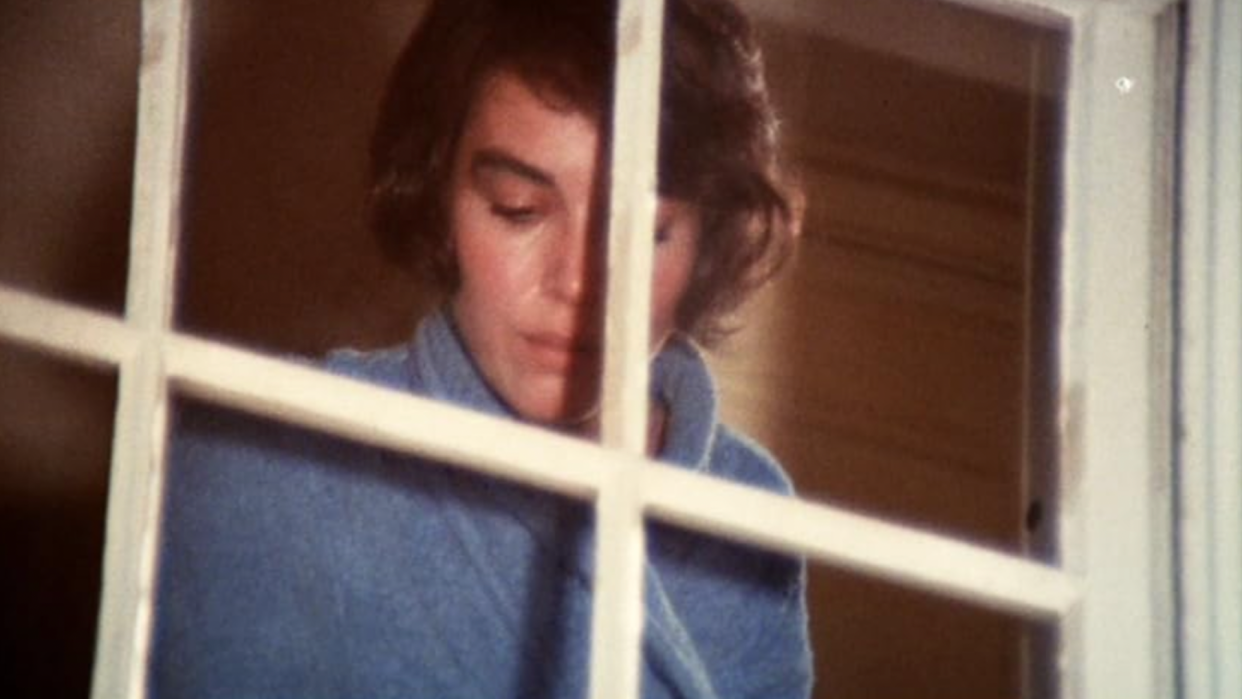
- Oops!Something went wrong.Please try again later.
- Oops!Something went wrong.Please try again later.
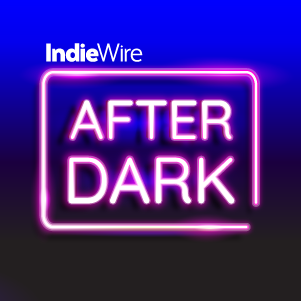
On Friday nights, IndieWire After Dark takes a feature-length beat to honor fringe cinema in the streaming age.
First, the spoiler-free pitch for one editor’s midnight movie pick — something weird and wonderful from any age of film that deserves our memorializing.
More from IndieWire
Is OpenAI's Sora the Filmmaking Apocalypse, or Just a Great Demo for a Tech Company?
Josh Hartnett Teases His 'Bizarre' Role in M. Night Shyamalan's 'Trap': 'It's a Pivot'
Then, the spoiler-filled aftermath as experienced by the unwitting editor attacked by this week’s recommendation.
The Pitch: In Defense of Female Hysteria and Cinematic Foreplay
Final girls have it rough in general. Running from chainsaws is exhausting. Hanging on meat hooks is no fun. And if you get possessed by a demon, your boyfriend just will not see you the same way. Still, there’s a special sadism to the torture inflicted on scream queens sacrificed to horror movies about female hysteria.
It’s a subgenre best summed up by the dramatic question “Is this bitch haunted or just crazy?” — a cataclysmic collision of society’s sexist underpinnings and the supernatural demons that only sometimes emerge to do the real devil’s bidding. Being a woman is, broadly speaking, terrible, but being forced to question that experience is something even worse.
In “Let’s Scare Jessica to Death,” Zohra Lampert stars as the title victim, a free-spirited lady recently released from a six-month stint in a mental hospital. We meet her in a rowboat on a lake. “I sit here and I can’t believe that it happened, and yet I have to believe it,” she begins. “Dreams or nightmares. Madness or sanity. I don’t know which is which.”
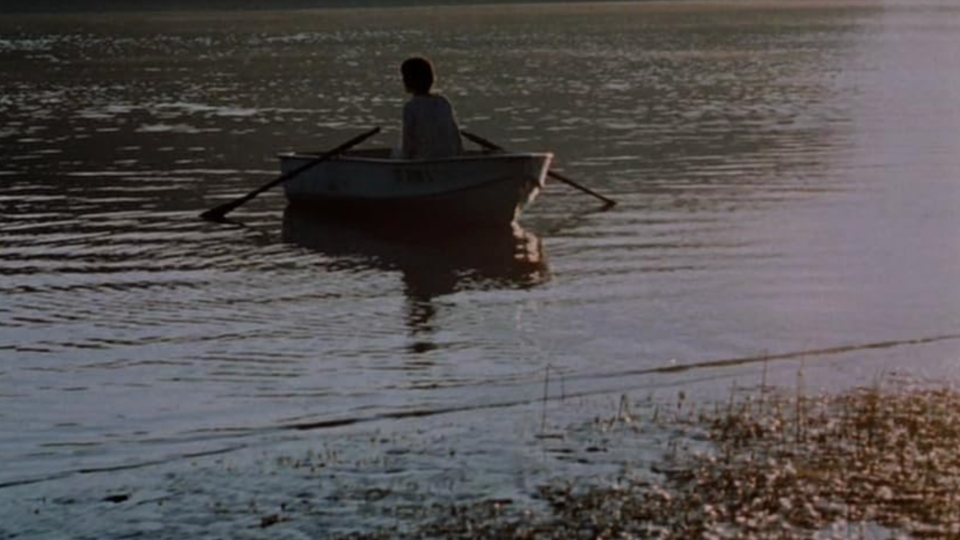
She’s on her way to a farmhouse with her husband, Duncan (Barton Heyman), who has recently purchased the property in upstate New York as a respite for his psychologically fragile wife. He sucks but seems to care about Jessica enough — and she’s doing everything to hide the ever-persistent voices in her head, conveyed to the audience through bone-chilling narration. Seeing a strange girl in the distance at a cemetery, Jessica says nothing for fear of risking her credibility with the men in her company.
When the recently reunited couple and Duncan’s friend, Woody (Kevin O’Connor), finally arrive at their new home, venturing through foreboding blankets of mist and an equally opaque score, they’re surprised to find another woman already there. Mariclare Costello is the magnetic Emily, a red-haired hippy chick who dazzles the homeowners so much that Jessica invites the squatter to stay and flirt with Woody indefinitely. As the foursome bonds, sings, and swims in the nearby lake, the sense that something isn’t quite right with Jessica, Emily, or both begins to pervade the party. Is Emily interested in Duncan? Most certainly, he’s interested in Emily. Is there something otherworldly about her? Or is that disquieting presence — like the audience — all in Jessica’s head?
The brilliantly titled directorial debut of John Hancock, co-written by the filmmaker and Lee Kalcheim, “Let’s Scare Jessica to Death” is a lesser known work of paranoid vampire cinema that finds its strength in slow-burn discomfort. Midnight movies are monikered as such for a reason; some titles are meant to be enjoyed after dark and this 1971 stroke of genius is no exception. Cue up this bad boy in total darkness with a candle burning this Friday night and you’ll be given an opportunity to surrender to one of the more passively petrifying films of the 20th century. Try to stream it during the day and you’ll miss out on a stroke of genius you’d die for otherwise. —AF
The Aftermath: Did They Just… Accidentally Invent Elevated Horror?
To paraphrase Ryan Gosling in “The Nice Guys,” sometimes experiments just work.
Foreman gave me specific instructions on how to watch “Let’s Scare Jessica to Death” with the hope that the viewing experience would leave me in a similar position to Jessica. I waited until after dark (this column’s name does not lie!), put away my phone, lit a scented candle, and afforded myself a level of cinematic immersion that I don’t get nearly enough. By the end of the movie, I was completely sold.
They key to appreciating “Let’s Scare Jessica to Death” is understanding that the vibes are scarier than anything that happens in the plot. The slow and steady music, crisp celluloid colors, and eerily monotonous 1970s dialogue scenes create an all-encompassing layer of discomfort that covers even the most disappointing attempts at practical gore. At a certain point, it became clear that the real horror was being alone with my thoughts while the movie was on.
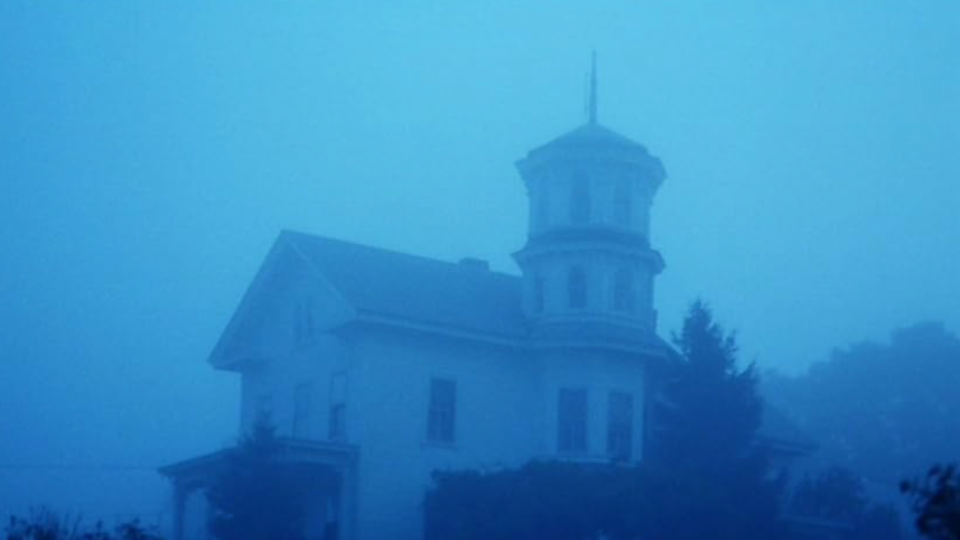
As things progressed, I was hit with the realization that John D. Hancock did something that every wannabe A24 director wishes they could do these days: make an elevated horror film.
For those mercifully unaware, films like “The Witch” and “Midsommar” sparked a frequently insufferable online discourse about so-called “elevated horror.” To its supporters, elevated horror is a new niche that sees horror filmmakers infuse their work with symbolism and serious artistry in a way that blurs the line between horror and prestige drama.
I’ve always been critical of the concept of “elevated horror” for a multitude of reasons, starting with the flawed insinuation that horror needed to be “elevated” in the first place. The whole framing feels like an intellectually dishonest shell game. You start by baselessly declaring that the horror genre is somehow beneath drama, and then when someone makes a movie that disproves that, you refuse to give them credit by declaring they were actually working in a new genre you invented.
But my semantic grievances take a backseat to my larger issue with the elevated horror craze, which is that it has just made a lot of movies very dull. Robert Eggers and Ari Aster might be geniuses, but the majority of up-and-coming filmmakers are not capable of making lethargic plots seem as interesting as they do. And the widespread insistence on turning every scary movie into a slow-burning meditation in pursuit of prestige points has robbed a famously fun genre of a lot of its entertainment value.
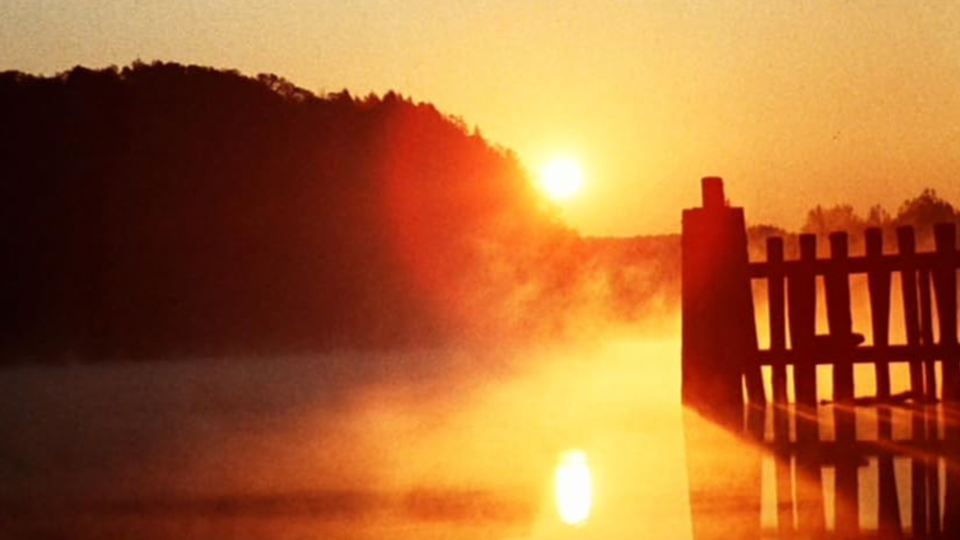
But while “Let’s Scare Jessica to Death” has the ultra-cool vibes and mellow pacing that so many contemporary horror filmmakers are chasing, it never bothered me in the way that so many of those new films do. What does it have that they don’t? Authenticity.
Hancock’s film might be an obvious product of its time, but I felt that it seamlessly fit in with other ’70s relics that prioritize character development over plot advancement and tell stories that feel downright sluggish by today’s standards. While pretentious attempts at elevated horror often feel like they’re trying too hard in the overstimulated world we’re all doomed to inhabit, “Let’s Scare Jessica to Death” is a throwback with a sincerity that primes it for repurposing as a vibey midnight movie in the 2020s.
Sometimes the key to enjoying midnight movie culture is understanding that certain movies will only give you as much as you put into them. Make the effort to meet Jessica halfway, and she just might scare you to death. —CZ
Those brave enough to join in on the fun can rent “Let’s Scare Jessica to Death” on all major VOD platforms. IndieWire After Dark publishes midnight movie recommendations at 11:59 p.m. ET every Friday. Read more of our deranged suggestions…
Best of IndieWire
Christopher Nolan Movies, Ranked from 'The Dark Knight' and 'Tenet' to 'Dunkirk' and 'Oppenheimer'
Where to Watch This Week's New Movies, Including 'Argylle' and 'How to Have Sex'
Christopher Nolan's Favorite Movies: 40 Films the Director Wants You to See
Sign up for Indiewire's Newsletter. For the latest news, follow us on Facebook, Twitter, and Instagram.

